Table of Contents
Let's be honest, buying cat toys can feel like a gamble. You shell out cash for some fancy gadget, only for your feline friend to ignore it completely and play with the box it came in. Sound familiar? Cats are notorious for their unpredictable tastes in playthings, and often, the simplest things are the most exciting. That's where the magic of simple homemade cat toys comes in. You don't need a craft degree or a trip to a specialty store. Chances are, you already have everything you need lying around the house to create something your cat will actually adore.
Why Bother with Simple Homemade Cat Toys?
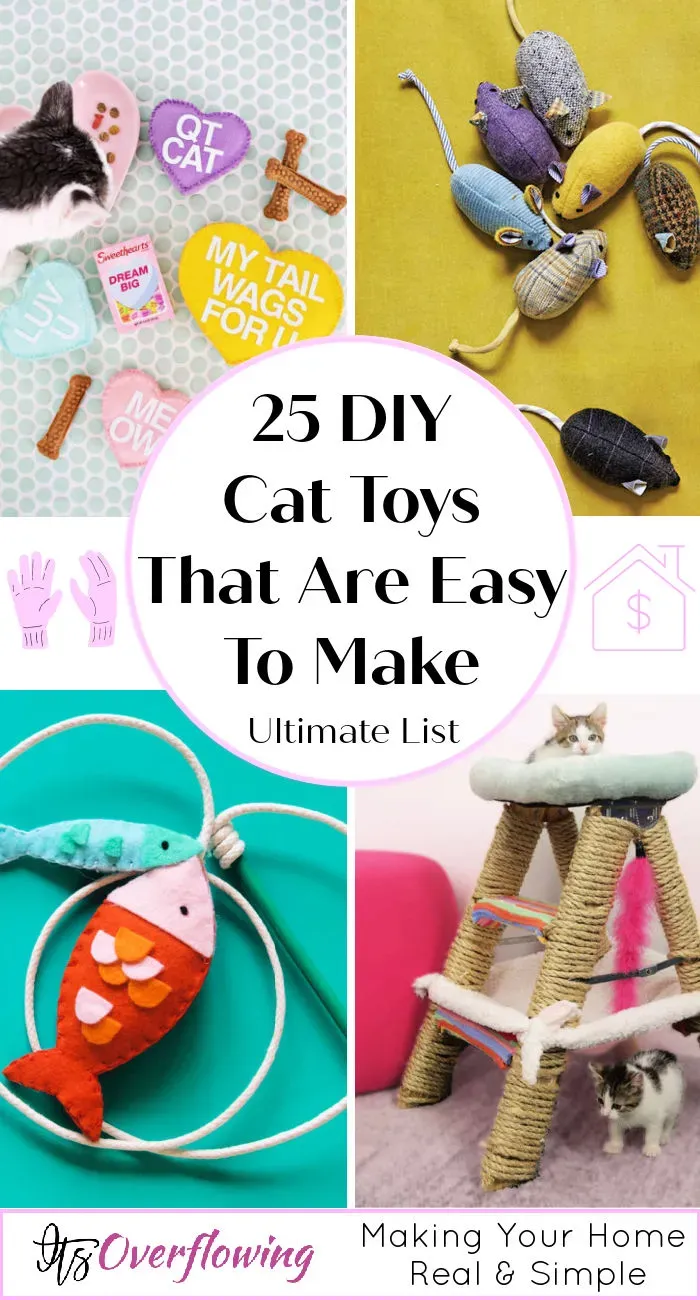
Why Bother with Simple Homemade Cat Toys?
Skip the Pet Store Gamble
Let's cut to the chase: buying cat toys is often a total crapshoot. You see something shiny, it promises hours of feline fun, you bring it home, and... crickets. Your cat sniffs it, maybe bats it once, and then goes back to batting a dust bunny under the sofa. It's frustrating, and frankly, a waste of money. This is precisely why bothering with simple homemade cat toys makes so much sense. You're using materials you likely already have, which means the financial risk is zero. If they ignore your carefully crafted toilet paper roll mouse, well, it was just a toilet paper roll anyway. No big loss, right?
Tap into Their Inner Predator
Cats aren't impressed by flashing lights or complex mechanisms the way humans might be. Their play is rooted in instinct – chasing, pouncing, batting, 'killing' prey. Simple homemade cat toys often mimic these natural behaviors better than expensive store-bought versions. A crinkled paper ball sounds like scurrying prey. A string tied to a stick moves erratically like a bug or bird. These basic items trigger their hunting drive in a way a static, plush toy often doesn't. It's about satisfying their primal needs, not ours.
So, why bother with simple homemade cat toys? Consider these points:
- Cost-Effective: Uses materials you already own.
- Environmentally Friendly: Repurposes waste items.
- Tailored to Your Cat: You can customize based on their preferences.
- Engaging: Often taps into natural hunting instincts effectively.
- Bonding: Creating and playing together strengthens your connection.
Gathering Your Supplies for DIY Cat Fun
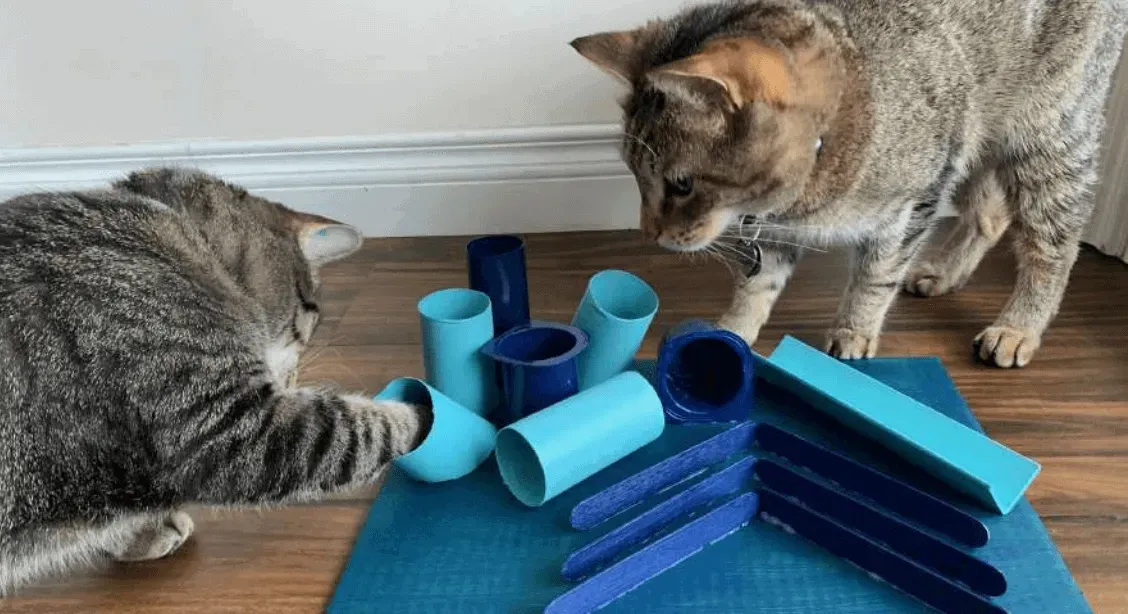
Gathering Your Supplies for DIY Cat Fun
Your House is a Treasure Trove
so you're sold on making some simple homemade cat toys. Great! Now, where do you actually get the stuff? The best part about this whole operation is that your supply store is probably your own home. Forget those pricey craft stores or pet boutiques. Start by looking around. That empty paper towel roll? Potential toy. That old sock with a hole? Definitely potential. The packaging peanuts from that last delivery? Oh yeah, feline gold.
Think about textures and sounds your cat likes. Do they go crazy for crinkly things? Save that plastic packaging. Are they obsessed with batting small objects? Bottle caps (cleaned, of course) or wine corks work. It’s really about seeing everyday items not as trash, but as raw materials for fun. You'd be surprised what you can cobble together with a little imagination and zero dollars.
Common Materials You'll Find
Let's get specific. What should you be hoarding (for crafting purposes, obviously)? Cardboard tubes from toilet paper or paper towels are classics. Old t-shirts or socks are perfect for stuffing or cutting into strips. Felt scraps, if you happen to have any, are soft and easy to work with. Yarn or sturdy string (used carefully, more on that later) can make great dangling toys. Even plain paper that you crinkle up is a hit with many cats.
Don't overlook things like empty plastic bottles (remove rings and caps!), corks, or even small, sturdy boxes. The key is to look for items that are lightweight enough for a cat to bat around but durable enough not to fall apart instantly. And always, always make sure they are clean and free from any harmful residues.
- Cardboard tubes (toilet paper, paper towel)
- Old socks or t-shirts
- Felt or fabric scraps
- Yarn or string (sturdy, used with supervision)
- Empty plastic bottles (clean, no rings/caps)
- Wine corks
- Paper bags (handles removed)
- Small sturdy boxes
Safety First, Always
While we're talking about simple homemade cat toys and gathering supplies, we have to talk safety. This isn't the most thrilling part, but it's crucial. Avoid anything small enough for your cat to swallow. Buttons, beads, googly eyes – these are choking hazards. Be careful with string or yarn; while great for dangling, cats can ingest long strands, leading to serious internal problems. Always supervise play with string toys and put them away afterward.
Also, check for sharp edges on cardboard or plastic. Make sure any tape or glue you use is non-toxic and applied securely so it doesn't come off. Giving an old item a new life as a toy is fantastic, but not if it puts your furry friend at risk. A quick safety check before handing over your creation is just part of the process.
Simple Homemade Cat Toys from Household Items
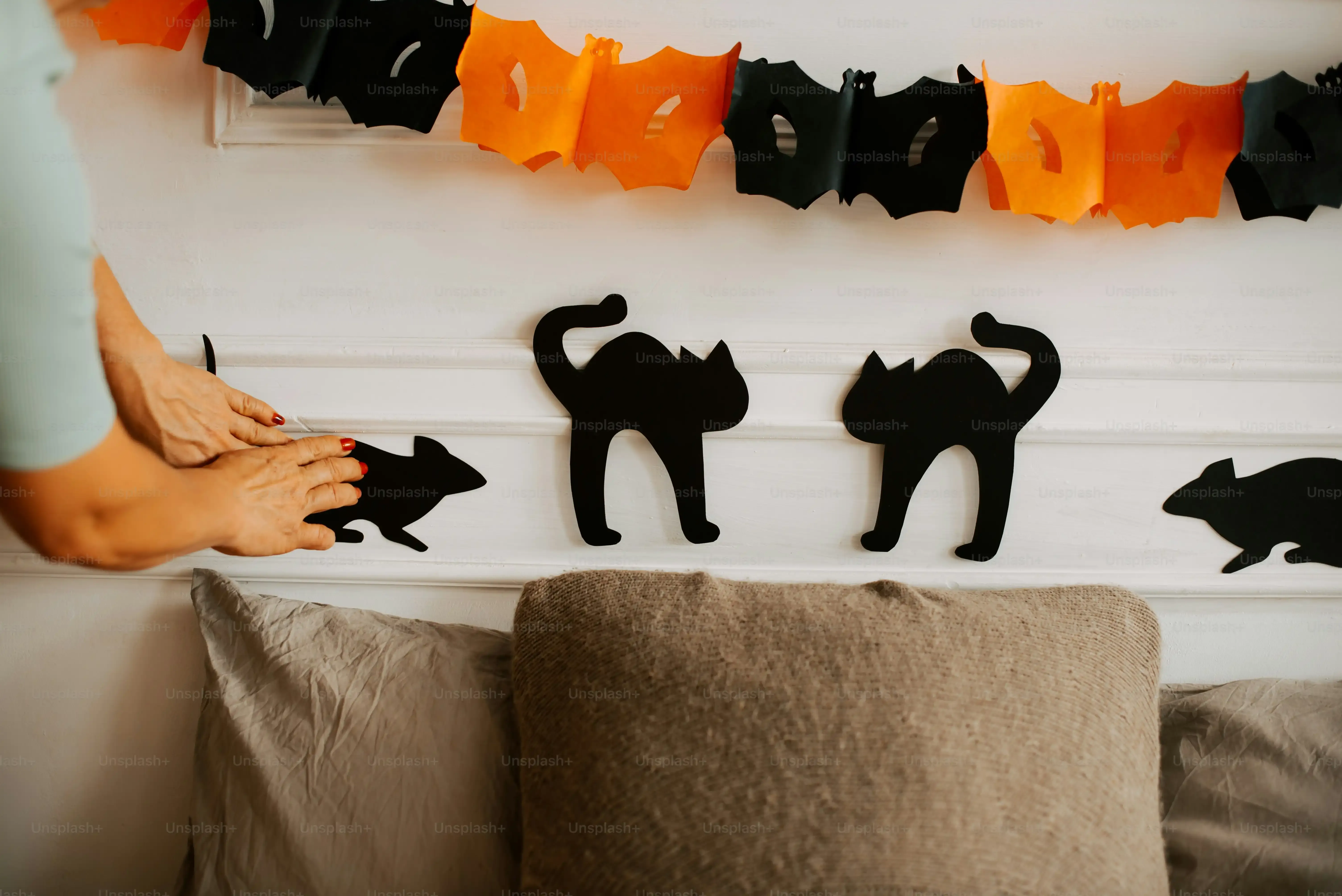
Simple Homemade Cat Toys from Household Items
The Humble Cardboard Tube and Paper Power
Alright, let's get down to the nitty-gritty of actual simple homemade cat toys you can whip up right now. The absolute easiest place to start? Your recycling bin. Those cardboard tubes from toilet paper or paper towels are practically begging to be transformed. A plain tube is okay, but you can level it up instantly. Cut some slits along the ends, fold them in, and you've got a treat dispenser – just drop a few kibbles inside. Or, cut the tube into rings and link them together for a floppy, rollable toy. Plain paper is another winner. Crumple it up tightly. The sound drives some cats wild, mimicking tiny prey rustling through leaves. Tear a strip off a paper bag (rip off the handles first, seriously, they're a strangulation risk), twist it, and tie knots in it. Instant chew toy. These simple homemade cat toys require zero skill and minimal effort.
Fabric Scraps and Sock Shenanigans
Dig through your old clothes or scrap bin. An old sock with a bit of stuffing (like more fabric scraps, or even some crinkled paper for sound) tied off securely becomes a perfect kicker toy. My cat, Bartholomew, has a particular fondness for a sock stuffed with dried beans (sealed tight in a small baggie inside for weight and sound) – he body-slams it like it owes him money. Cut strips from an old t-shirt and braid them together for a sturdy, chewable rope. Felt scraps can be cut into simple shapes, maybe stuffed with a pinch of catnip if you have it, and sewn or glued securely (use non-toxic glue!). These fabric-based simple homemade cat toys offer different textures and weights for your cat to interact with, satisfying that urge to grab and bunny-kick.
Here are a few quick wins for simple homemade cat toys:
- Cardboard tube treat roller
- Crinkled paper ball
- Braided t-shirt rope
- Stuffed and knotted sock kicker
- Felt shapes (plain or with catnip)
More Simple Homemade Cat Toy Ideas to Keep Them Busy
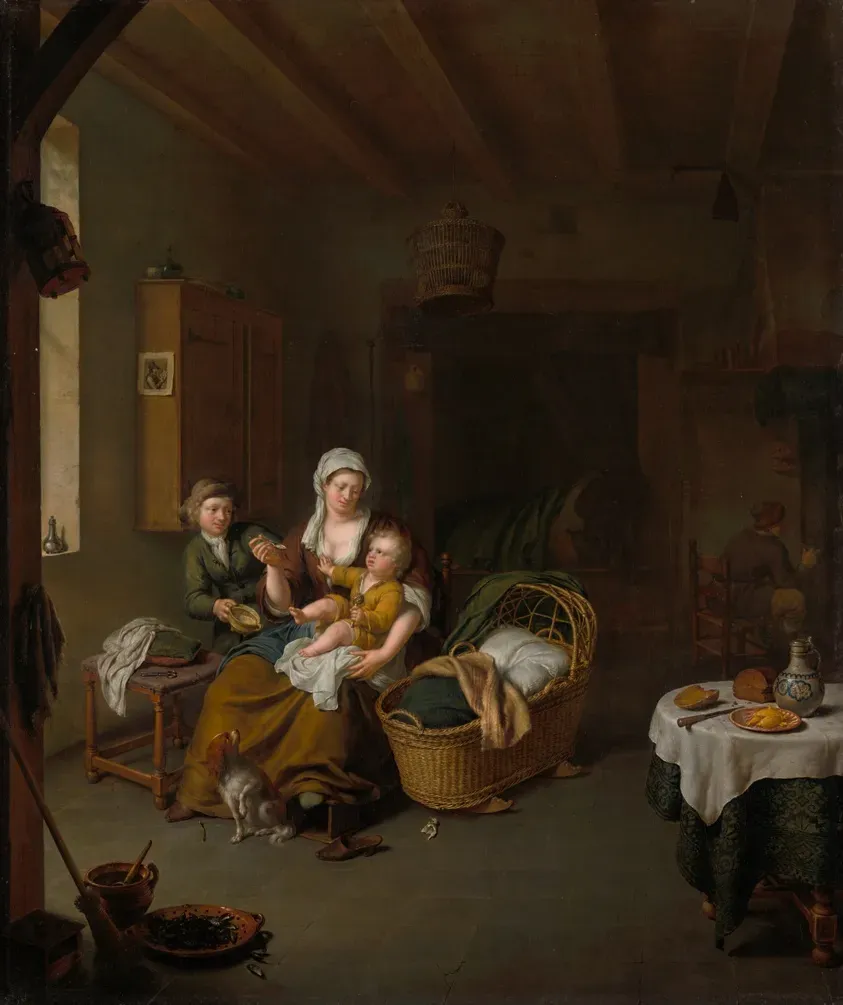
More Simple Homemade Cat Toy Ideas to Keep Them Busy
The Thrill of the Chase: DIY Wands and Danglers
so we've covered the absolute basics like tubes and socks. Now let's step it up slightly, but still keep it firmly in the "simple homemade cat toys" category. One of the most effective types of toys for engaging a cat's predatory instinct is the classic fishing pole or wand toy. You control the action, mimicking the unpredictable movements of prey. Grab a stick – a sturdy dowel rod, a piece of PVC pipe, or even a strong branch from the yard works. Tie a length of sturdy string or twine to one end. What goes on the other end? The possibilities are wide open. A few knotted fabric strips, a wine cork, a cluster of feathers (make sure they're securely attached!), or even a crumpled paper ball. The key is that it's lightweight and enticing. Drag it, flutter it, hide it around corners. This interaction is gold for bonding and tiring out a high-energy cat.
Brain Games on a Budget: Simple Puzzle Toys
Cats are smart, and they need mental stimulation just as much as physical exercise. Simple homemade cat toys can double as puzzle feeders or foraging toys, making them work a little for their reward. Take a cardboard box and cut several holes in the sides, just big enough for a paw to fit through. Toss some kibble or treats inside. Your cat has to figure out how to fish them out. It's not rocket science, but it keeps their brain engaged. Another easy one: take a cardboard tube and cut holes along the sides. Fold in the ends or cap them with tape. Put treats inside, and as they bat the tube around, treats fall out. This taps into their natural foraging behavior and slows down eating for those speedy eaters.
- DIY Wand: Stick + String + Enticing object (fabric, cork, feathers)
- Treat Dispenser Tube: Cardboard tube + Holes + Treats
- Foraging Box: Cardboard box + Paw-sized holes + Kibble/Treats
- Knotted T-shirt Strips (good for chewing/kicking)
- Paper Bag Tunnel (cut off handles!)
Hide and Seek Haven: Bags and Boxes
Sometimes, the simplest things are the most effective. Ever notice how a cat will ignore the expensive cat bed you bought and immediately jump into the delivery box it came in? They love enclosed spaces. A plain paper grocery bag (again, twist or cut off those handles!) laid on its side is an instant tunnel or hideout. They can stalk from inside, pounce out, or just feel secure. A medium-sized cardboard box with an entrance cut into it provides a similar sense of security and can be a launching pad for ambush attacks on unsuspecting ankles. These simple homemade cat toys aren't really "toys" in the traditional sense, but they provide crucial environmental enrichment, allowing cats to express natural behaviors like hiding, observing, and ambushing.
Playing Safely with Your Simple Homemade Cat Toys
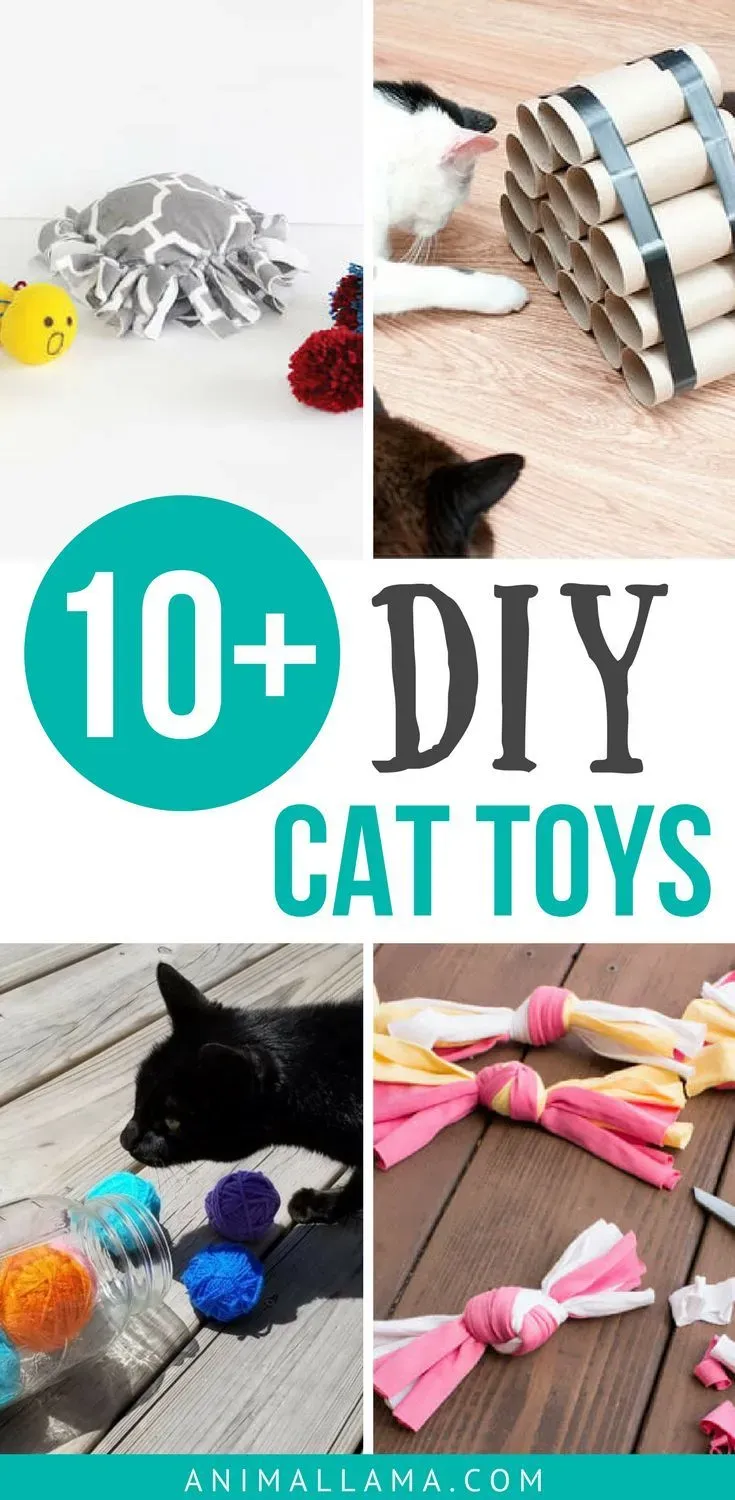
Playing Safely with Your Simple Homemade Cat Toys
Check Your Materials Twice
you've raided the recycling bin and the linen closet. You've got a pile of potential simple homemade cat toys ready to go. Before you unleash the feline fury, take a critical look at your materials. Is that cardboard tube free of weird sticky residue? Did that old sock get a wash recently? Are there any staples or sharp bits sticking out of that box? Cats explore with their mouths and paws, and what looks harmless to you might be a hidden hazard to them. Think about durability too. If it shreds into tiny pieces the moment your cat looks at it funny, those tiny pieces can end up in their stomach. A quick inspection now saves a potential vet visit later. It's the unglamorous but necessary step in the simple homemade cat toys game.
Beware the String and Tiny Bits
This is a big one, maybe the biggest. Cats and string are a classic combo, right? They love chasing it, batting it, and yes, trying to eat it. Ingesting string or yarn is incredibly dangerous for cats. It can twist up in their intestines, causing a medical emergency that requires surgery. So, while string or yarn wands are great for *supervised* play, put them away immediately when you're done. Don't leave them lying around. The same goes for anything small that can be chewed off and swallowed – buttons, beads, rubber bands, plastic rings from bottles. If you're adding embellishments to your simple homemade cat toys, make sure they are absolutely secure or just skip them entirely. Better safe than sorry is an understatement here.
Key Safety Checks for Simple Homemade Cat Toys:
- Are materials clean and non-toxic?
- Are there any sharp edges or points?
- Are small parts (buttons, beads, eyes) securely attached?
- Is string or yarn used only during supervised play?
- Can the toy be easily shredded into ingestible pieces?
- Are plastic rings or small elastic bands removed?
Supervise Playtime and Know When to Retire a Toy
Even the safest-seeming simple homemade cat toys require supervision, especially when you first introduce them. Watch how your cat interacts with the toy. Are they just batting it around, or are they trying to chew pieces off? If they start dismantling it in a way that creates hazards, it's time to intervene. Similarly, toys don't last forever. That cardboard tube will eventually get soggy or ripped. That sock will develop new holes. Once a simple homemade cat toy starts showing significant wear and tear, particularly if pieces are coming loose or it's becoming a choking risk, it's time for it to go back to the recycling bin (or the trash). Retiring a toy isn't a failure; it's responsible pet ownership. There are always more toilet paper rolls where that came from.
Making Playtime Personal with Simple Homemade Cat Toys
So there you have it. Before you drop another twenty bucks on a laser pointer your cat will ignore after five minutes, take a look around your place. That empty paper towel roll? That old t-shirt? They aren't just trash; they're potential goldmines of feline fun. Simple homemade cat toys aren't just about saving money; they're about tapping into your cat's natural instincts with things they find genuinely interesting. Give a few of these ideas a whirl, keep safety in mind, and you might just find that the best toys are the ones you make yourself. Your cat might even give you a slow blink of approval.